Film Emulation PowerGrade and LUTs
FilmMatch has been carefully crafted to accurately match Digital to Kodak Vision3 Film Negative
True 35mm Motion Picture Colors
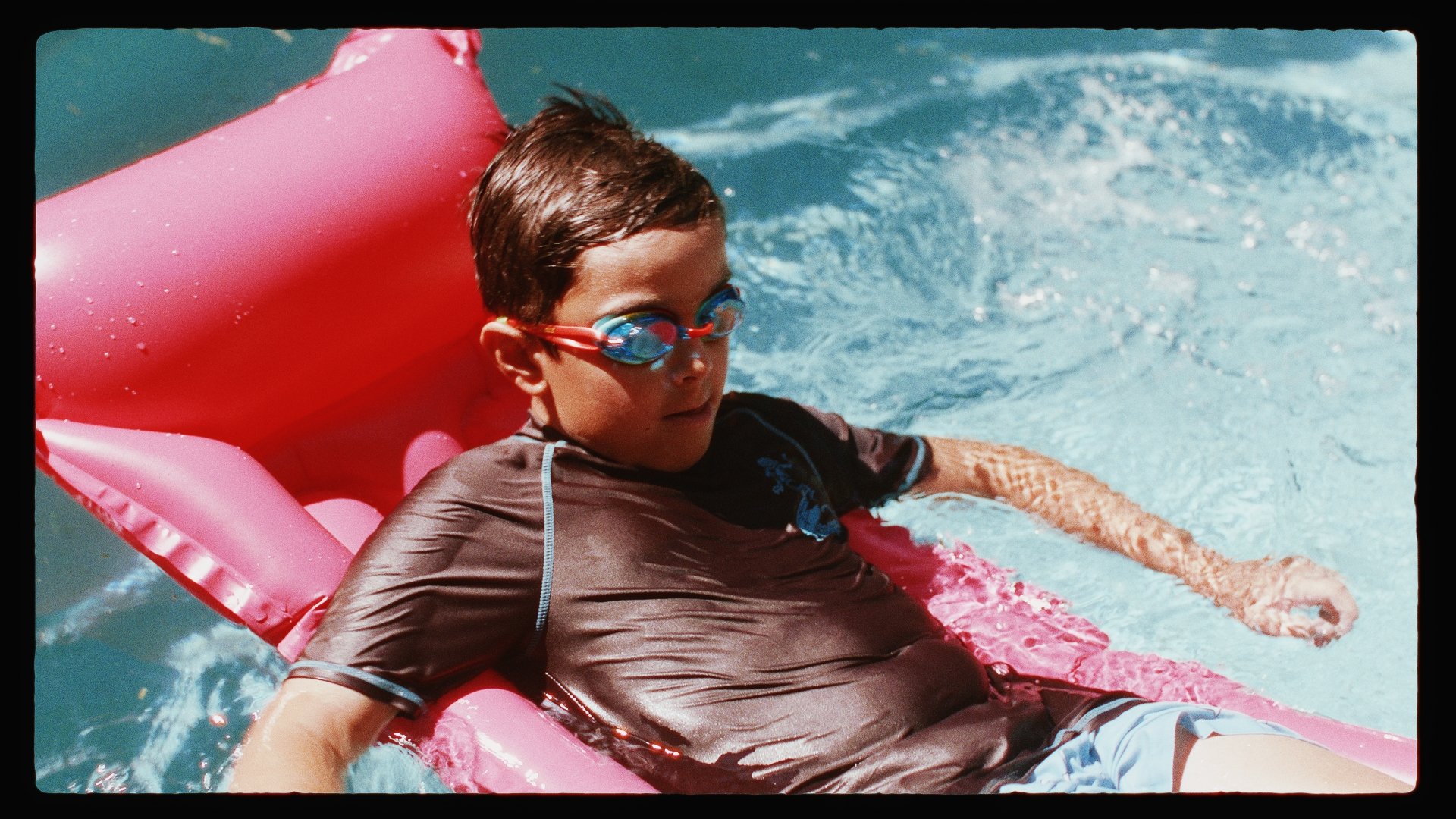
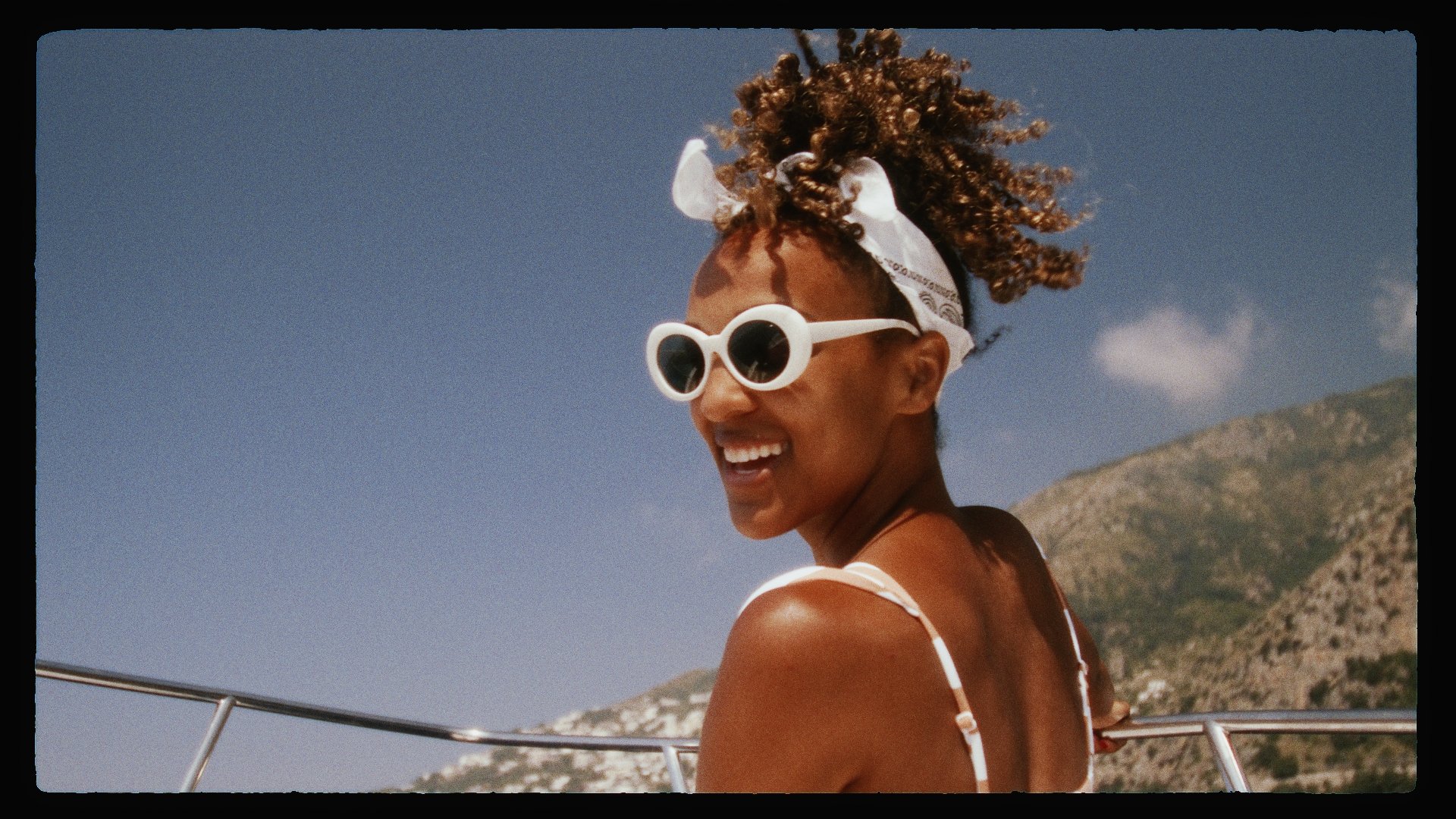


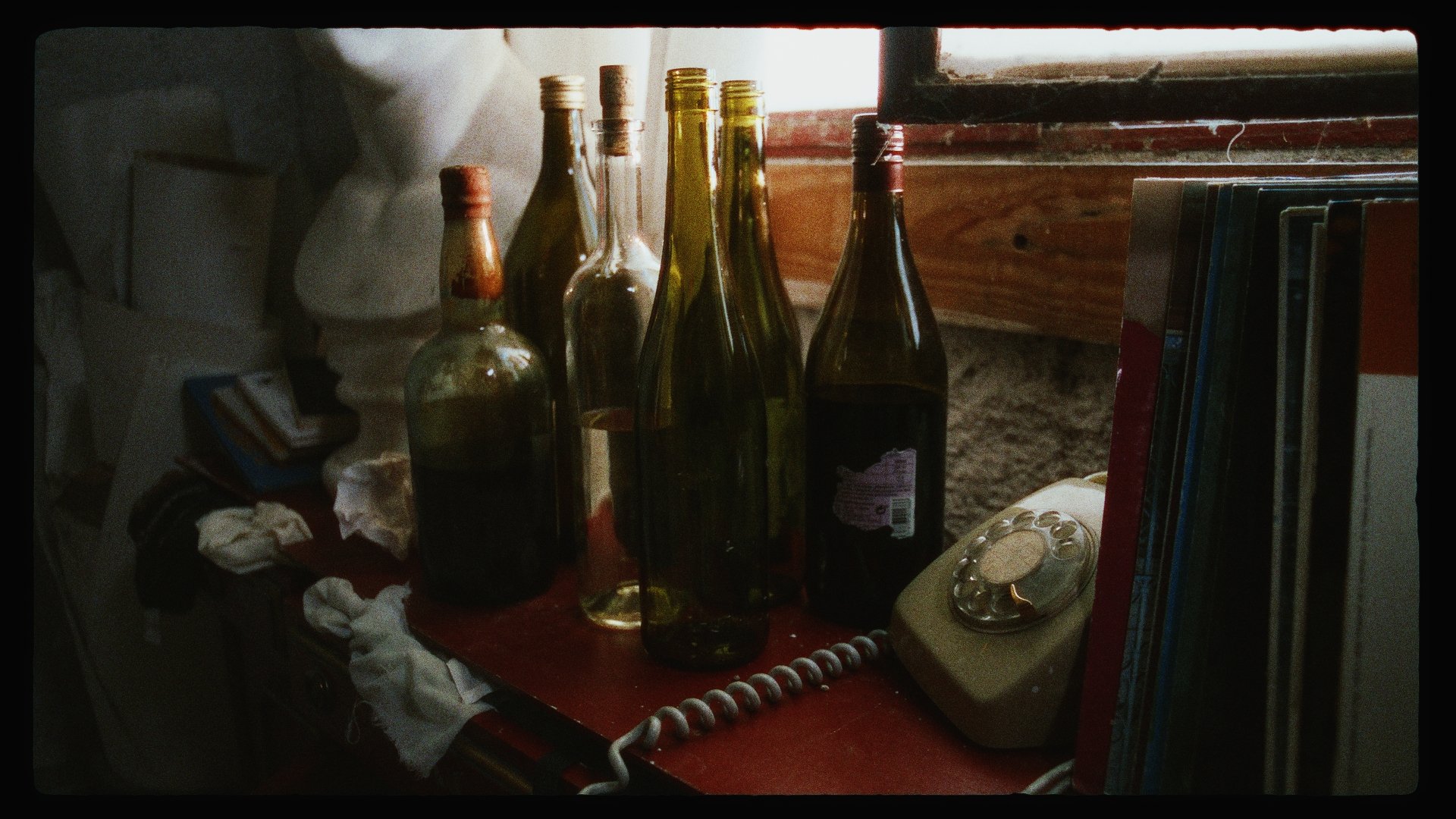
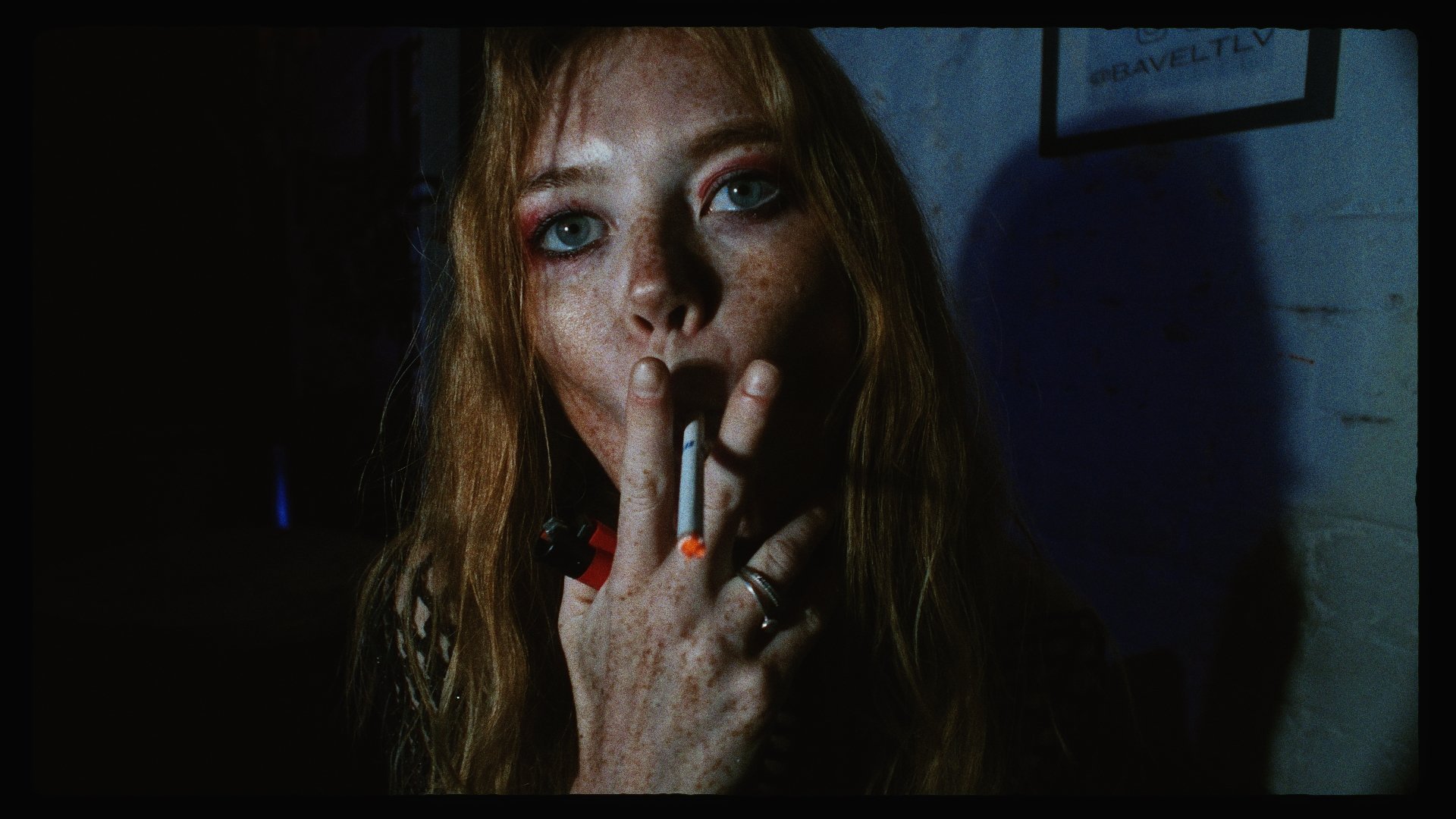
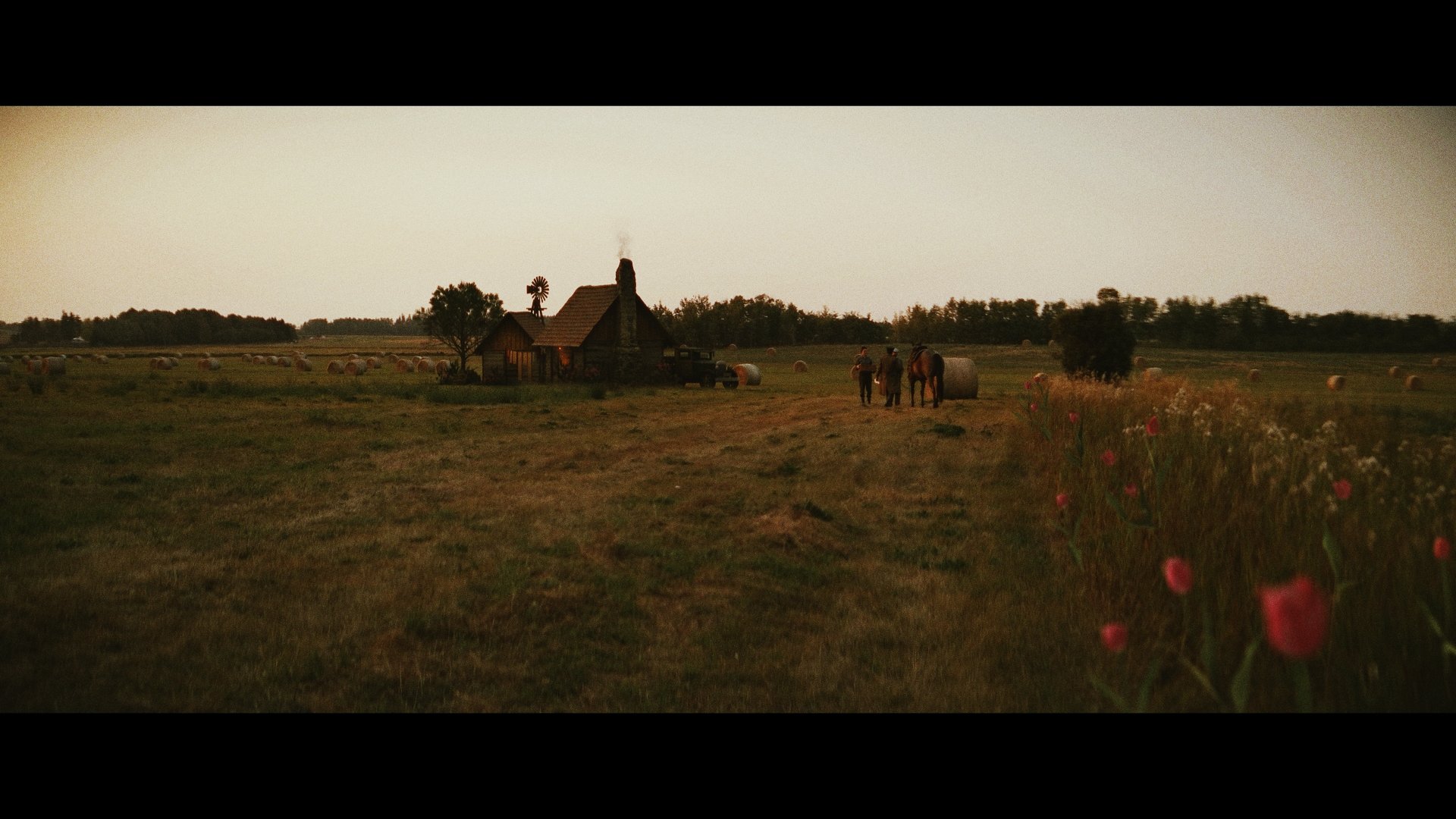



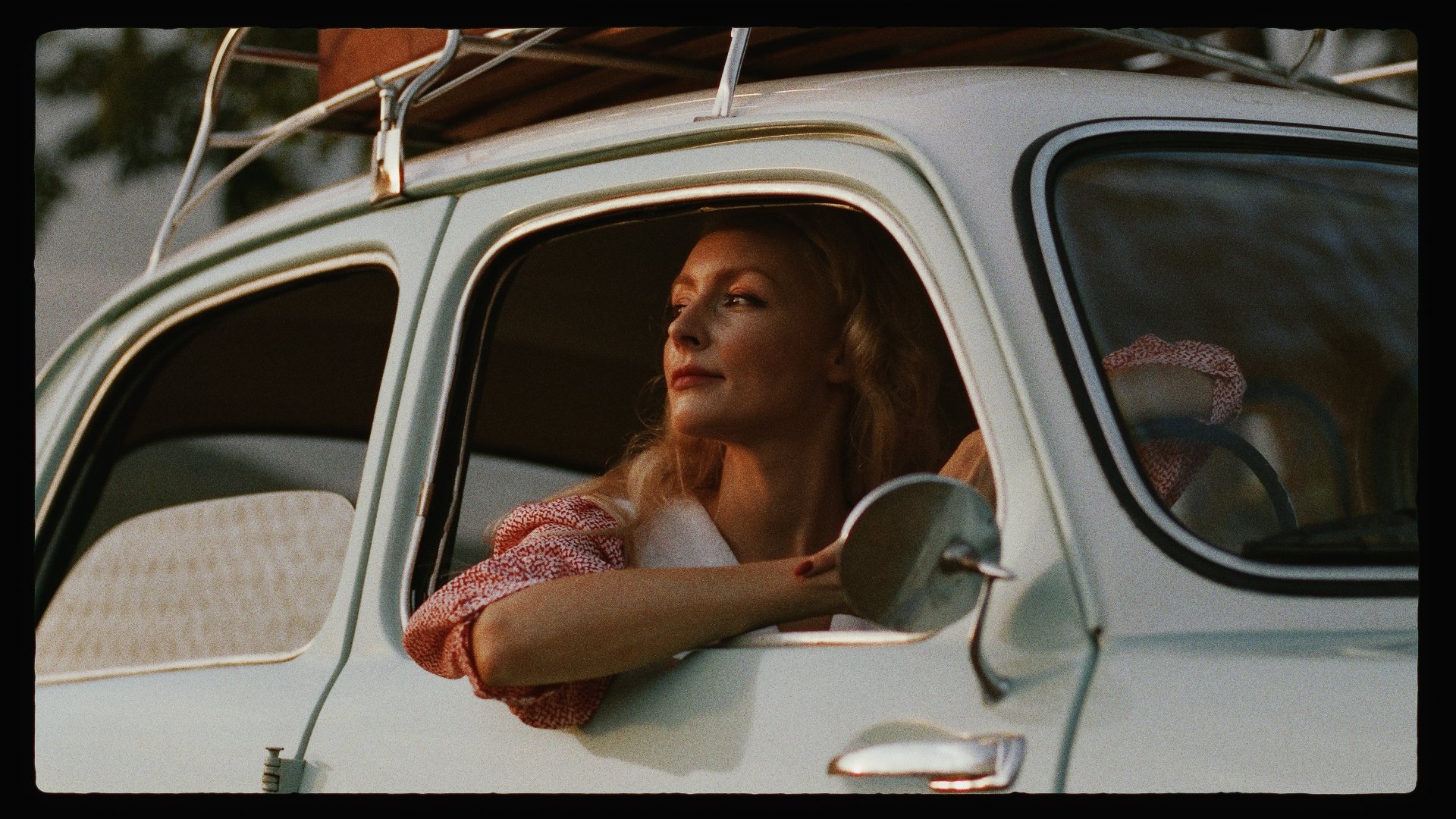
FilmMatch is a film emulation that works in any video editing software and it comes with the flexibility of a PowerGrade (for Davinci Resolve) and a LUT to use with all the other softwares.
I’m excited to present to you the new updated version of FilmMatch PowerGrade. In the last year I gathered new knowledge and experimented with new and more accurate methods to profile film stocks. I used Scattered Data Interpolation to match digital to film all across the exposure range.
Thus, to color grade 99% on the shots, you will have to adjust only White Balance and Exposure and everything else will fall in place. No need to reinvent the wheel every single time! The best caracteristic of FilmMatch in my opinion is the way it handles saturation and how it can add it to the image, allowing you to get very satured colors that will get denser as they saturate without ever getting garrish… just like film would do.
After more than 2 years of research to dissect film characteristics and understand the tools to develop the emulation, after testing and testing on a lot of different footage, I’m finally able to share it with you. I’m sure FilmMatch is going to make your workflow better, faster and more creatively satisfying whenever you want to achieve a filmic and overall organic look.
2 New DCTL’s Included with the PowerGrade: MTF, and Grain!!!
FilmMatch MTF
The modulation transfer function (MTF) is a measurement of how a lens or a medium (film or digital) reproduces spacial frequencies (we can call it detail).
Film doesn’t resolve high frequencies as sharply as digital does so as default the DCTL is set to mimic the MTF of 35mm film but you can fine tune it to taste and to mimic 16mm or 8mm.
The MTF DCTL allows the user to manage the response to frequencies in the image like no other tool on the market does!
FilmMatch Grain
The DCTL creates a random noise, inspired by statistical film models. The DCTL is applied in Linear and imparts a slight curve as the grain model takes into account the transmittance of film with a Dmin of 0.01 and a DMax of 4.0. Because of this the grain doesn’t feel like noise slapped on top of the image but it looks like it “belongs” to the image. It’s looks super simple as it allows the user to modify 2 parameters: grain size and noise mode (RGB noise, or Monochrome) but it’s by far the most organic grain I ever used!
DCTL’s are supported in the Studio version of DaVinci Resolve only. The Free version of Resolve doesn’t support DCTL’s :(
The DCTLs are based on the code from Thatcher Freeman (https://github.com/thatcherfreeman/utility-dctls)
WHAT’S IN IT
Node Tree Breakdown
CST: transformation to bring the footage from any camera to S.Gamut3.Cine/SLog3.
W&F: This compound node emulates some very important characteristics of film that are most of the times overlooked. Gate Weave and Flicker
LogtoLin: this node utilises a Color Space Trasform to bring you into Linear
Balance: In this node you can adjust the balance and exposure of the image in Linear. This is the closest thing there is to actually balance the image in camera, thus delivering very oganic results
LintoLog: this node utilises anothe Color Space Trasform to go back to Log
Kodak500TNeg: n this node you'll find the core transformation of the Powergrade: the Kodak500T Film Stock LUT. The LUT will transform the incoming log signal into a True Cineon Scan of the Kodak500T Motion Picture Negative. (more on the profiling in the about page)
Empty nodes: here you can grade the image however you like and add as many nodes you need
Texture: This compound node is where all the textural characteristics of film are emulated: Halation, Grain, MFT (Modulation Transfer Function)
Print: In this node you'll find a 2383 Film Print Lut that emulates the printing process. Film Print LUTs have been developed by color scientists at Kodak and Fuji over the years to have an accurate digital preview of how the the image would have looked like when printed and projected.
In the download I included a 2383 Print that I developed starting from a traditional 2383 and adding filmic densities and saturation in a Spherical Color Space. I honestly consider this Print LUT my secret sauce, and together with an accurate Negative Emulation it delivers amazing looking images.
NB: The Powergrade has been created in Davinci Resolve 18. If you use a previous version of Davinci Resolve it won’t be recognized (you’ll just need to upgrade to the current version of the software). The PowerGrade uses DCTL (Custom tools created for DaVinci Resolve) like the MTF DCTL and the Grain DCTL. DCTLs are available only to Studio Version of Resolve. If you own the free version of Resolve you won’t be able to use some of the functionalities of the PowerGrade. You will still be able to use the color transformation (LUTs) which can be used in Davinci Resolve as well as any other software.




